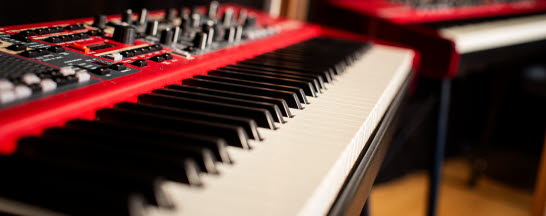Copyright protects artistic creation such as music, film and literature. The protection cannot be applied for but arises automatically when the work is created.
Streaming, file sharing and downloading – what do these terms mean and in what way do you risk contributing to criminal activities by using illegal streaming services?
More about copyright

Copyright in 2 minutes
Copyright gives artists, photographers, authors and other creators the exclusive right to decide how their own work may be produced, disseminated and displayed. Learn more about copyright in our PRV School online.

Copyright on AI images
Today, there are a number of tools for producing images, text and sound using artificial intelligence, AI. Is there copyright on an AI image?

